Exploring the red planet
A new wave of missions aim to unlock the secrets of Mars
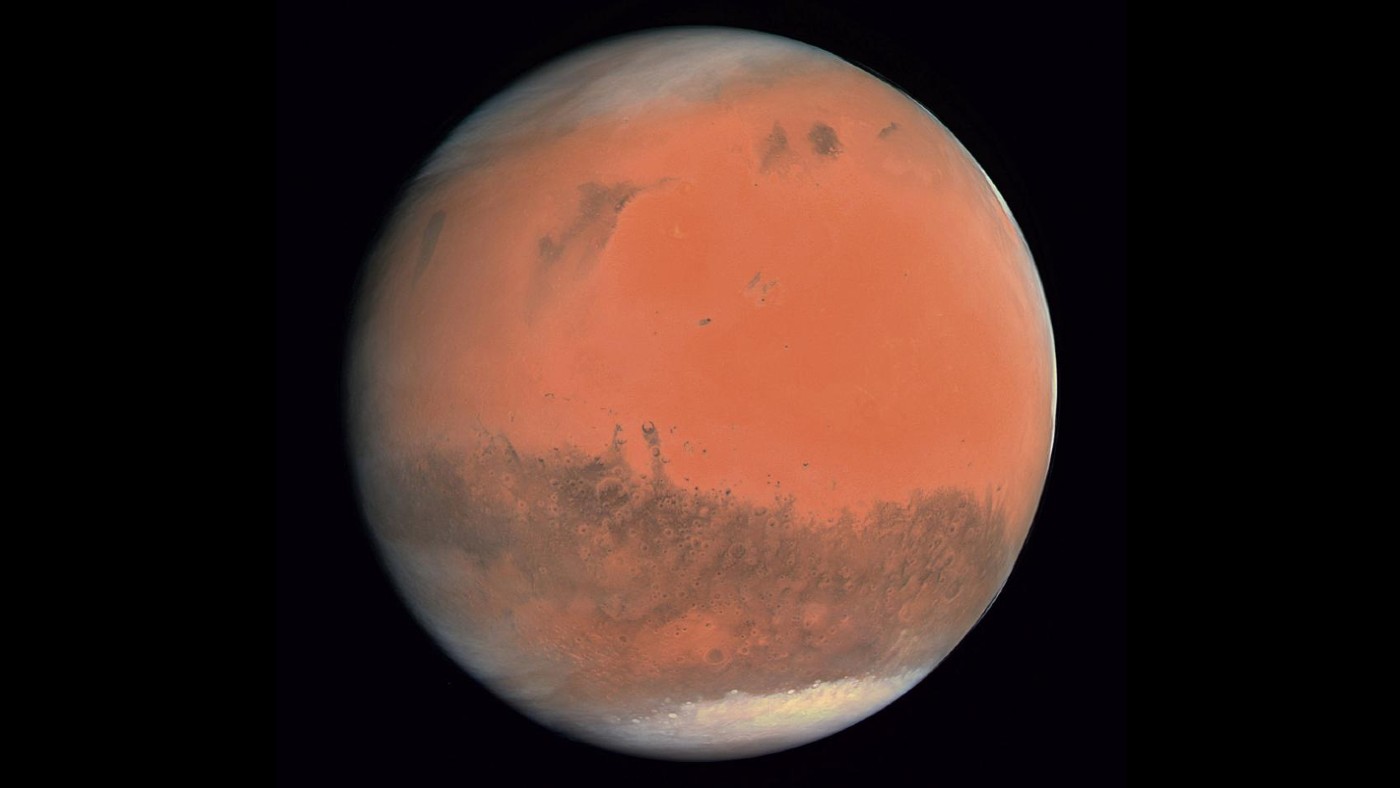
A Nasa probe on Mars has detected a seismological tremor on the red planet that is being dubbed a “marsquake”.
The US space agency has announced that on 6 April, its InSight lander detected a faint seismic signal that is believed to have emanated from beneath the surface of the planet, as opposed to being caused by forces above such as wind, The Guardian reports. The breakthrough comes five months after the robotic probe touched down on Mars.
French space agency CNES, which built the seismometer, says it had been “waiting months for our first marsquake”.
The Week
Escape your echo chamber. Get the facts behind the news, plus analysis from multiple perspectives.

Sign up for The Week's Free Newsletters
From our morning news briefing to a weekly Good News Newsletter, get the best of The Week delivered directly to your inbox.
From our morning news briefing to a weekly Good News Newsletter, get the best of The Week delivered directly to your inbox.
“It’s so exciting to finally have proof that Mars is still seismically active,” the agency said in a statement. “This first event officially kicks off a new field - Martian seismology.”
So what is a marsquake?
Mars does not have tectonic plates and does “not produce the kind of cataclysmic quakes that we sometimes experience on Earth”, explains Vice’s Motherboard.
Instead, quakes on Mars are caused by “faults or fractures in the crust” which in turn may be the result of meteorite impacts, “surface shrinkage due to planetary cooling, or the pressure of magma pushing up toward the surface”, says Live Science.
A free daily email with the biggest news stories of the day – and the best features from TheWeek.com
Humans have tried to measure Martian tremors with seismometers since the 1970s, but have not been successful until now.
How was it measured?
In November, Nasa’s InSight probe touched down on the red planet carrying an instrument dubbed the Seismic Experiment for Interior Structure (SEIS), designed by CNES. The instrument was then deployed to the surface of Mars the following month.
Nasa’s website reports that on Earth, high-quality seismometers are “sealed in underground vaults to isolate them from changes in temperature and weather”. Because of the more extreme conditions on Mars, SEIS was fitted with “several ingenious insulating barriers, including a cover... called the Wind and Thermal Shield, to protect it from the planet’s extreme temperature changes and high winds”, the space agency says.
On the lander’s 128th Martian day, a faint rumble was detected by the instrument and recorded by scientists at the Jet Propulsion Laboratory in California.
Professor Tom Pike, one of the SEIS designers, told the BBC that the quake was too small to calculate the source or the distance from the probe to the event.
“It’s probably only a Magnitude 1 to 2 event, perhaps within 100km [62 miles] or so,” he said.
Why is it significant?
The vibrations from marsquakes move through the interior of the red planet and “bump into and reflect off of different materials underground”, says Live Science.
The researchers believe that because different materials transmit and reflect these vibrations in various ways, they will be able to use SEIS data to recreate a 3D view of the Martian interior, giving us a good idea of how the planet was formed.
Unlike on Earth, where constant tectonic activity has erased much of the historical rock formations that might tell us about the origins of our planet, Mars’ lack of tectonic activity means that much of its history is still buried in its interior, untouched for millions of years.
Although the quake recorded was far too small to give scientists any concrete information about the interior of the planet, further tremors should provide more data over time.
Tanya Harrison, a Mars scientist at Arizona State University, told National Geographic that SEIS is “helping paint the picture that Mars is still an active place”.
-
 Critics’ choice: The year’s top 10 movies
Critics’ choice: The year’s top 10 moviesFeature ‘One Battle After Another’ and ‘It Was Just an Accident’ stand out
-
 The small Caribbean island courting crypto billions
The small Caribbean island courting crypto billionsUnder the Radar Crypto mogul Olivier Janssens plans to create a libertarian utopia on Nevis
-
 Political cartoons for December 21
Political cartoons for December 21Cartoons Sunday’s political cartoons include Christmas movies, AI sermons, and more
-
 Blue Origin launches Mars probes in NASA debut
Blue Origin launches Mars probes in NASA debutSpeed Read The New Glenn rocket is carrying small twin spacecraft toward Mars as part of NASA’s Escapade mission
-
 Panspermia: the theory that life was sent to Earth by aliens
Panspermia: the theory that life was sent to Earth by aliensUnder The Radar New findings have resurfaced an old, controversial idea
-
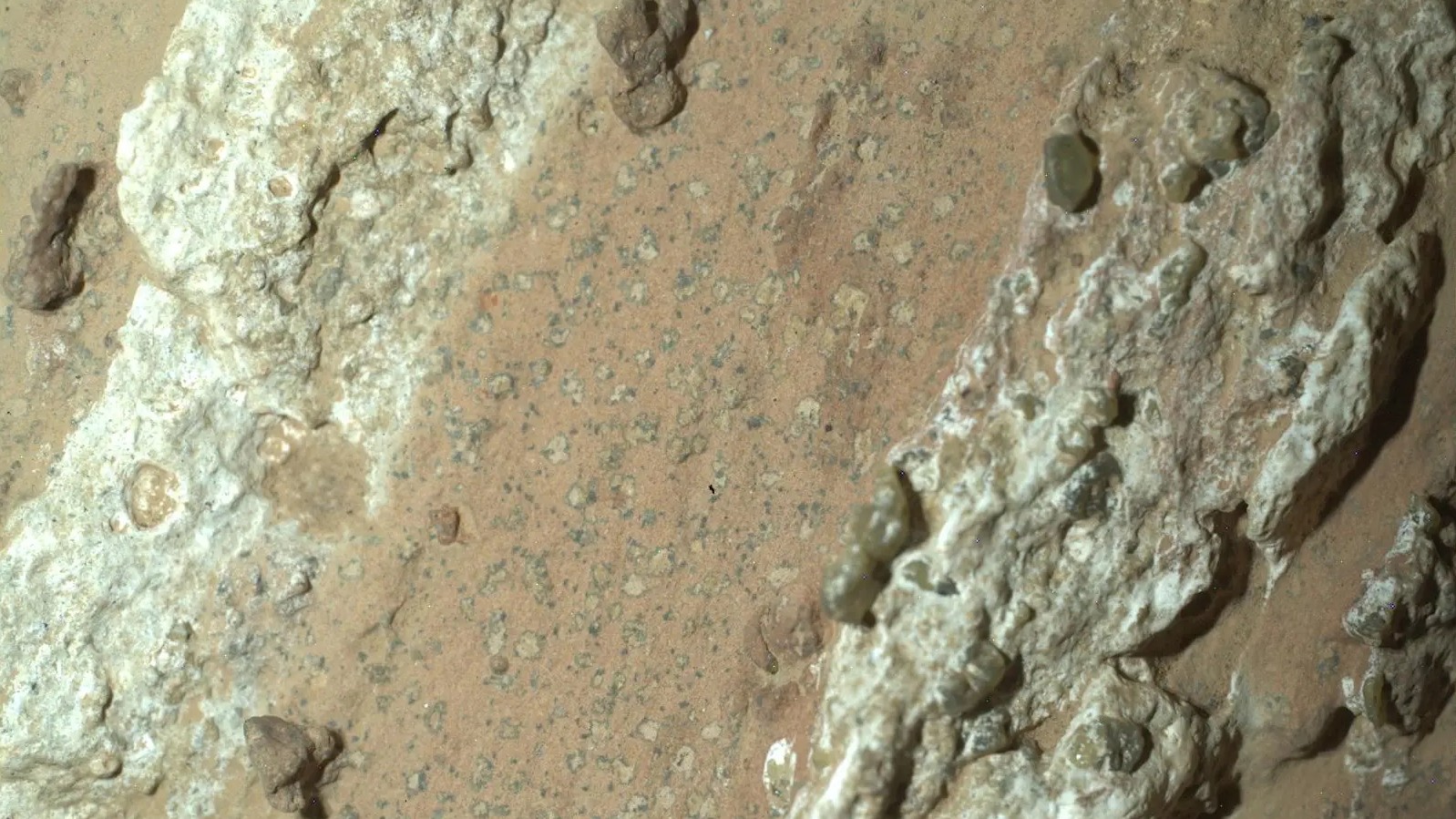 NASA reveals ‘clearest sign of life’ on Mars yet
NASA reveals ‘clearest sign of life’ on Mars yetSpeed Read The evidence came in the form of a rock sample collected on the planet
-
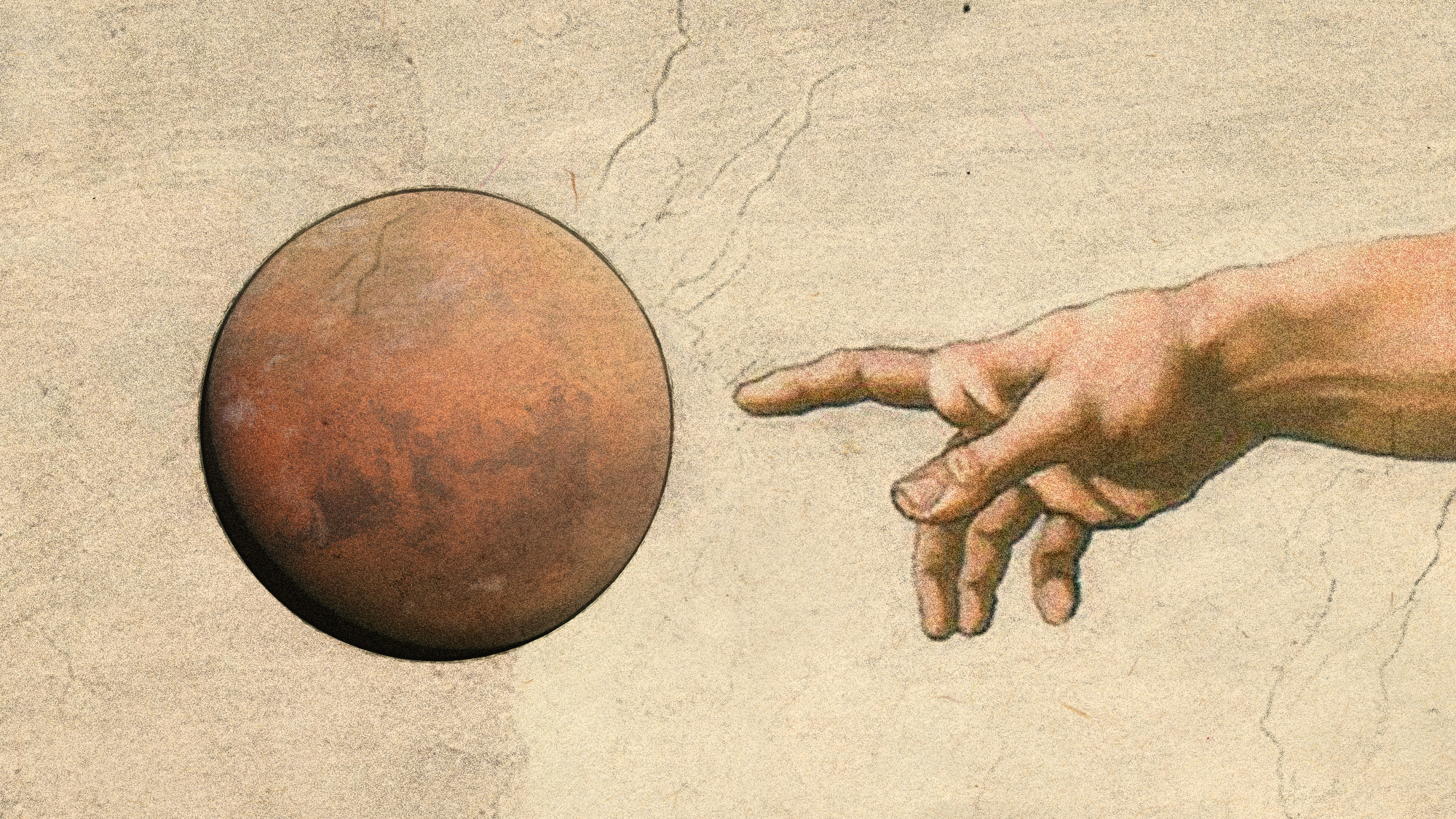 Answers to how life on Earth began could be stuck on Mars
Answers to how life on Earth began could be stuck on MarsUnder the Radar Donald Trump plans to scrap Nasa's Mars Sample Return mission – stranding test tubes on the Red Planet and ceding potentially valuable information to China
-
 Mars may have been habitable more recently than thought
Mars may have been habitable more recently than thoughtUnder the Radar A lot can happen in 200 million years
-
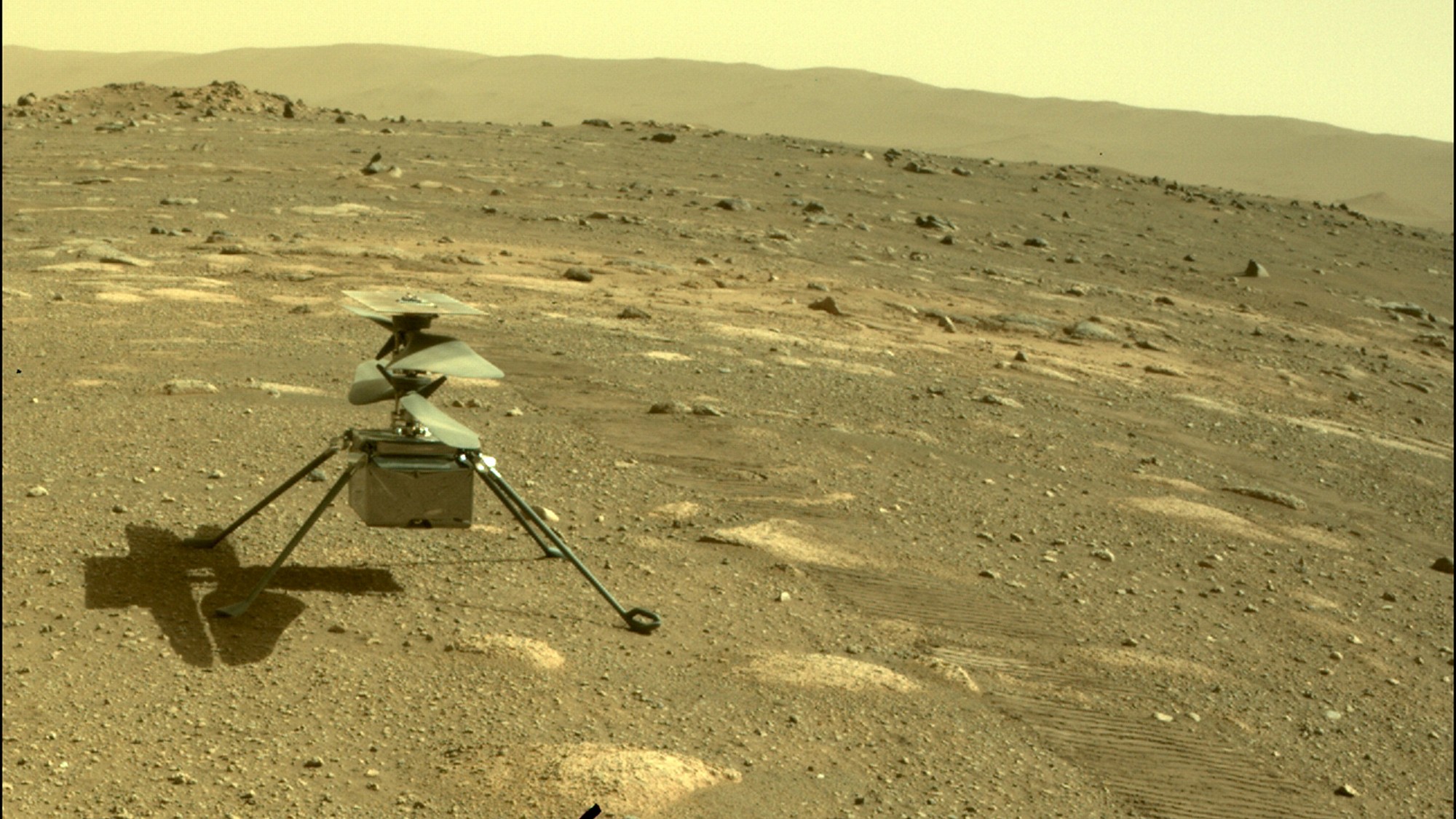 Why water on Mars is so significant
Why water on Mars is so significantThe Explainer Enough water has been found to cover the surface of the Red Planet – but there's a catch
-
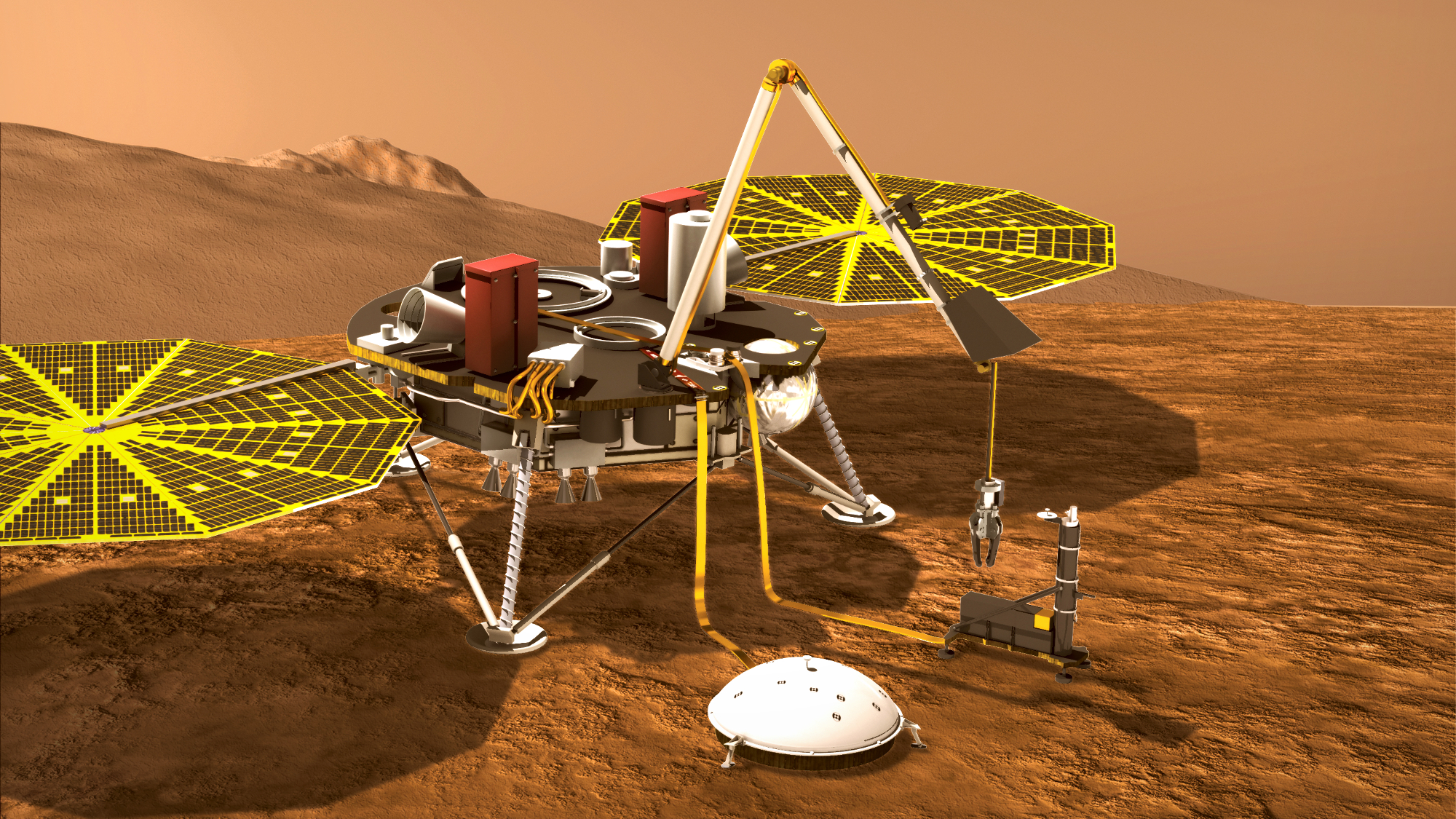 Liquid water detected on Mars raises hopes of life
Liquid water detected on Mars raises hopes of lifeSpeed Read A new study suggests huge amounts of water could be trapped beneath the surface of Mars
-
 Nasa's 'strangest find': pure sulphur on Mars
Nasa's 'strangest find': pure sulphur on MarsUnder the Radar Curiosity rover discovers elemental sulphur rocks, adding to 'growing evidence' of life-sustaining elements on Red Planet